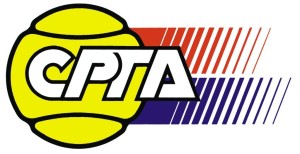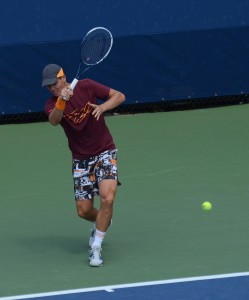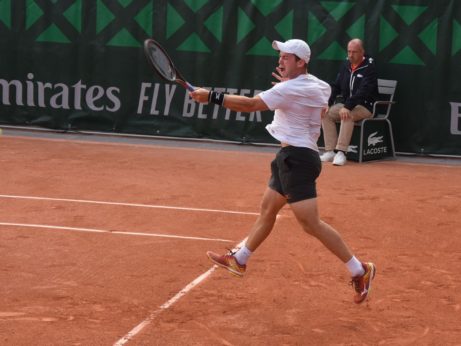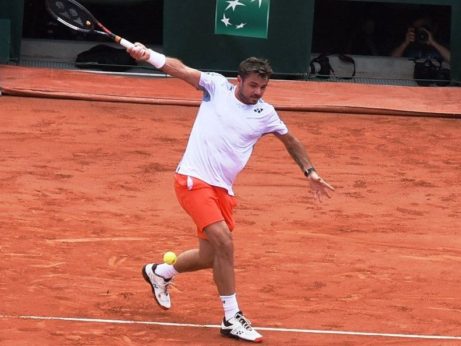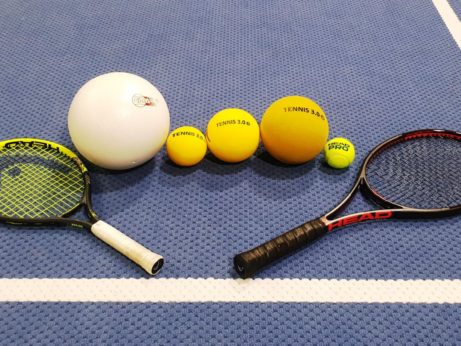What is missing with Czech tennis star Tomas Berdych?
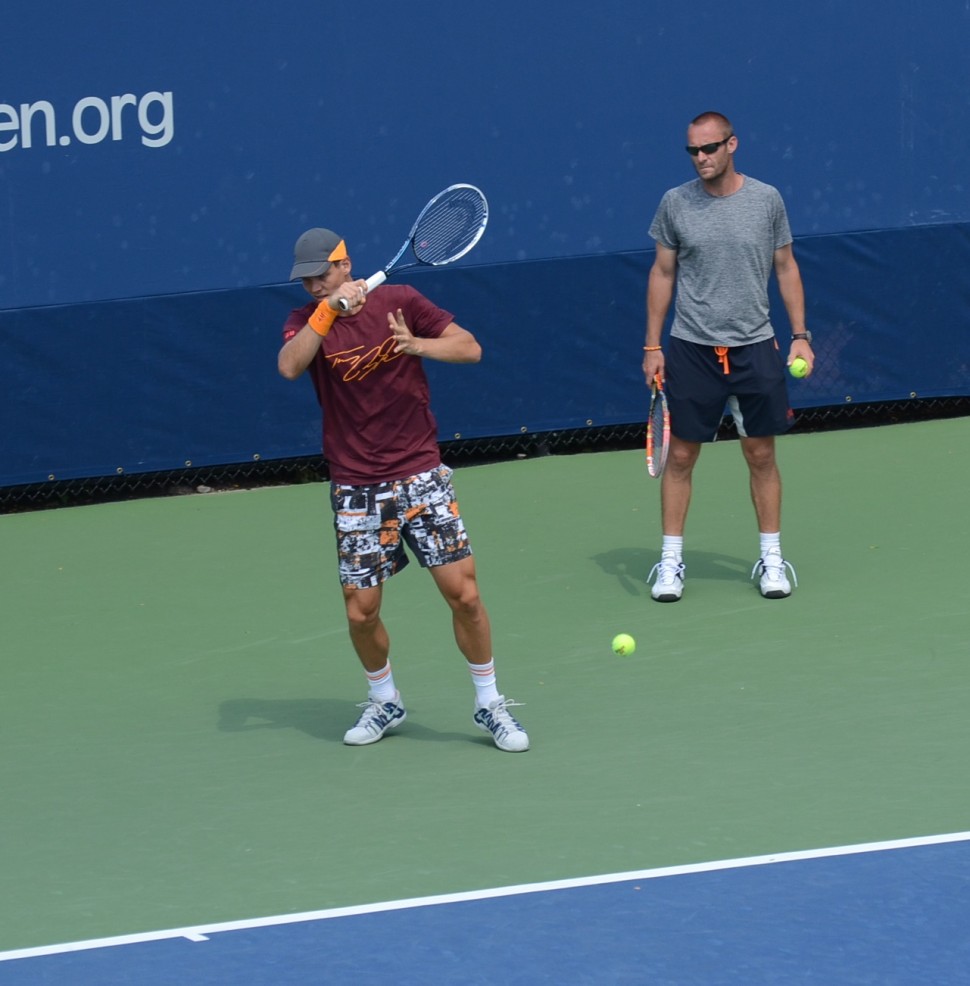
Tomas Berdych (*1985 / CZE) belongs surely to most dominant tennis players of the past more than 10 years. His record with already almost 6 years of continuous presence in the ATP top 10, currently 12 ATP tournament titles, 2 winning Davis Cups and over US$ 24 millions in cumulative career prize-money must be seen as a wonderful achievement. On the other side, the biggest titles at the Grand Slam events stayed away from Berdych, who had so far one runner-up showing at the Grand Slam level (Wimbledon 2010) only. Also, the bigger Masters 1000 titles stayed largely away from Berdych who scored so far single one of these at Paris Masters in 2005. And also the total of 12 ATP career titles can be considered as a rather low number for a player of Berdych’s potential.
For me, rather lower degree of TENNIS 3.0 benchmark fulfillment in many of Berdych’s strokes is the main reason, why the biggest titles stayed so far away from him or in other words, the players who are more dominant and more winning than Berdych possess in most of their strokes a bit higher degree of TENNIS 3.0 fulfillment. As written in some other posts here already, the key principle behind the TENNIS 3.0 benchmark is the level of the dominance of the body energy in the strokes. With TENNIS 3.0 strokes the body energy is the dominant driver of the racket against the ball and against the intended target, the arm action has to be seen more as a moderator role without overly significant power generation from its muscles and also without significantly disrupting effects at the flow of the body energy onto the racket. The typical reference point showing body dominance in the strokes is the distance of the elbow from the player’s center of the gravity (hip area) during and after the impact. In general, the earlier the elbow bends and the closer it stays to the body, the lower fulfillment of the TENNIS 3.0 benchmark is being found.
At the enclosed images from Berdych’s practice during the 2014 US.Open can be well seen how early his elbow often bends and how limited is the amount of body energy he sometimes invests into his forehands. Such situation can on side lead to a bit limited power of the strokes (probably not seen as a problem with very muscular Berdych) and on the other side, and maybe even much more significantly, also to lower level of control of the strokes, mainly under pressure. It’s surely rather difficult to make bigger technical improvements at Berdych’s age, but while applying the essential and very logical tennis specific neuro-muscular reference points “TENNIS 3.0 CODE” within the optimal “3 Step Tennis Stroke Regulation”, Berdych might have in my eyes still solid potential to improve the efficiency and decrease the error percentages of his game and mainly his forehand. His serve is based on the absence of some the TENNIS 3.0 CODE elements also missing on top efficiency. More documentation and information are available upon request – drmgb11(at)gmail.com
Update: In the 2016 Wimbledon semifinals, Berdych made in his 3/6, 3/6, 3/6 losing match against Andy Murray 30 unforced errors, most of them in critical situations, Murray made 9 of them.
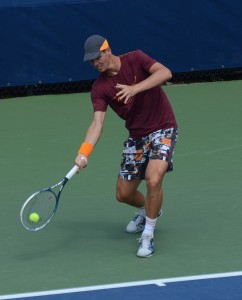
Tomas Berdych (*85 / CZE) – Forehand in the practice – impact – body position slightly out of balance shows that optimal body energy dominance of this stroke will be hardly possible – 2014 US.Open – NYC
Tomas Berdych (*85 / CZE) – Forehand in practice – follow through – body energy has very limited effect on the stroke – 2014 US.Open – NYC
Tomas Berdych (*85 / CZE) – Forehand in the practice – follow through with very early elbow bend and very limited body energy influence – arm action disrupts the body activity – 2014 US.Open – NYC
Copyright 2014 (photos), 2016 (text) Dr. Martin G. Baroch
